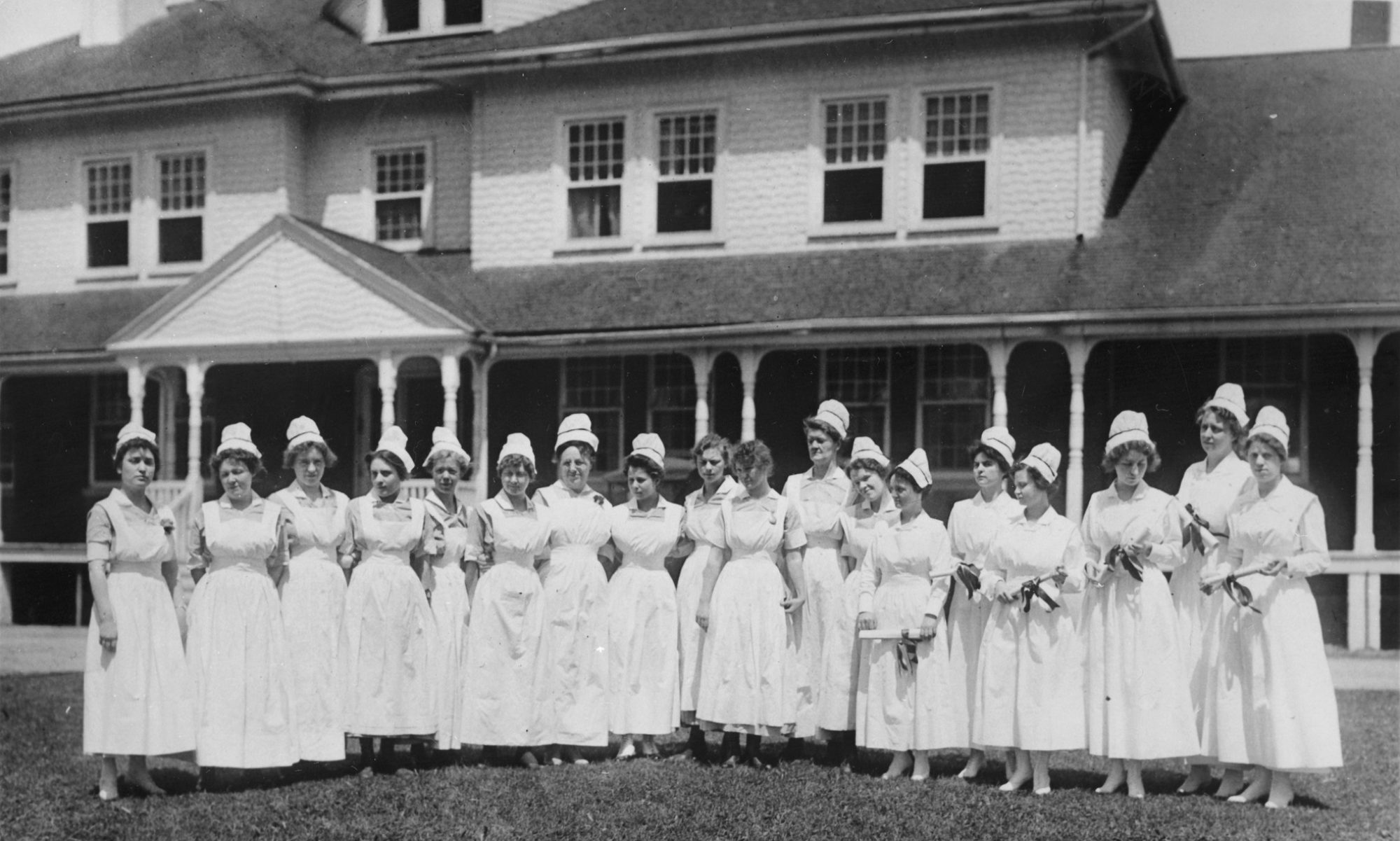November 8, 1876
While the Treaty of Fort Laramie of 1868 was meant to ease tensions between Native Americans and the United States government, a series of skirmishes and events quickly altered the agreement. The discovery of gold in the Black Hills engendered conflict between the two parties, resulting in the Great Sioux War of 1876. At the forefront of the conflict was the Third Cavalry from Fort D. A. Russell, activated in February to support Brigadier General George Crook’s campaigns to the Powder River Basin.
In 1868, one-hundred and fifty-six Sioux, twenty-five Arapaho, and seven U. S. commissioners came to an agreement that the western portion of the Dakota Territory, as well as the Powder River Basin in the Wyoming Territory, would be established as “unceded Indian territory.” While Native Americans would be free to roam the frontier, the territory was established as the Great Sioux Reservation. Although many Native Americans hesitated to agree to such a reduction in territory, especially when compared to the Treaty of Fort Laramie of 1851, many Indians, including Chief Red Cloud of the Oglala Lakota, accepted the terms in 1868 when the U. S. government agreed to abandon certain military posts in the Wyoming territory. To some, the Treaty of Fort Laramie was considered a victory, as the Oglala, one of the seven tribes of Lakota, retained their traditional hunting grounds, while the U. S. government ended its long-standing conflict with the Sioux Nation. However, the terms were quickly changed after a sequence of events centered primarily on the discovery of gold in the Black Hills led to multiple violations of the treaty articles.
In 1874, Lieutenant Colonel George Custer conducted an expedition into the Black Hills, resulting in the discovery of gold. The unexpected discovery prompted a gold rush of fortune seekers into the sacred Black Hills. Not only did this violate the Treaty of Fort Laramie, which stated only government officials were permitted to enter Indian Territory, but it reinvigorated a distinct resentment between the Native Americans and the United States government. In the eyes of the Native Americans who agreed to the treaty’s terms, the government failed to uphold its portion of the treaty, as it was unable to prevent prospectors from encroaching on the “unceded Indian territory.” The Sioux believed it was within their rights to remove trespassers from their lands. Thus, a series of skirmishes and battles between various Sioux tribes and Americans emerged, and, to many, the treaty had been abandoned and the Great Sioux War had begun.
In an attempt to curtail the number of conflicts, in December 1875, the United States government ordered all Native Americans to return to their reservation by January 31, 1876. While some obliged in order to prevent further issues, Chief Sitting Bull, Crazy Horse, and many of their compatriots refused to relocate. Compelled by circumstance, Lieutenant General Philip Sheridan, Commander of the Division of the Missouri, ordered Brigadier General George Crook, Commander of the Department of the Platte, to organize a military campaign that would ensure the Secretary of Interior’s demands were met. On February 7, one week after the deadline, Gen. Crook ordered all available cavalry units within the immediate vicinity to report to Fort Fetterman, Wyoming for the upcoming Powder River Campaigns.
Commanded by Colonel J. J. Reynolds, five companies from the Third Cavalry stationed at Fort D. A. Russell departed for Fort Fetterman on February 21, 1876. Joining five other cavalry companies, the unit marched from Fort Fetterman to the Powder River Basin via the Bozeman Trail on March 1. After an unsuccessful battle in southern Montana on March 17, the troops returned to Fort Russell in April to recover. The following month, five companies from the Third Cavalry returned to Fort Fetterman to support the next campaign, which now included an additional five companies of infantry. This time, the troops were victorious at Rosebud Creek on June 17. The soldiers were victorious again on September 9 at Slim Buttes. Despite their victories, the men were extremely fatigued from continuous marching and combat. Gen. Crook disbanded the force in late October, ordering the units to return to their respective duty stations. Troops from the Third Cavalry returned to Fort Russell on November 8. Despite later success, the Powder River Campaigns evolved into the Great Sioux War of 1876, which ultimately reshaped Native American relations with the United States government in an unprecedented manner.
(This is a nuanced interpretation of the Indian Wars during the 1860s and 1870s which is meant to provide a general overview of the historical events. This historical interpretation does not represent the opinion of the United States government, Department of the Air Force, or Great Sioux Nation.)
(This information is a result of research conducted by Ms. Lori Van Pelt and Mr. Tom Rea of the Wyoming State Historical Society who have developed detailed accounts of the history of the Powder River Campaigns of 1876 and the Treaty of Fort Laramie of 1868.)
